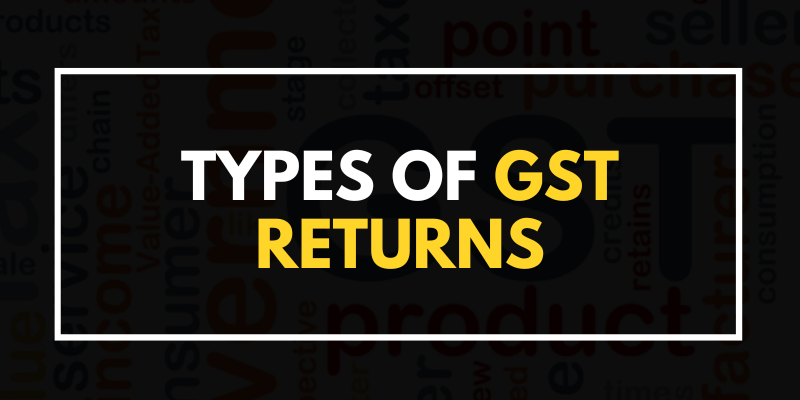
GST stands for Goods and Services Tax, a comprehensive indirect tax levied on India’s supply of goods and services. It was introduced in India on July 1, 2017, as a replacement for several indirect taxes before levied by the central and state governments. GST is a consumption-based tax, meaning that the tax is set on the value that will be added at every stage of the supply chain, from production to final consumption. The end consumer bears the last burden of the tax. Here, in this blog, we will see how GST can influence your business growth in India.
What is GST Return?
It is a document that contains information about all income and expenses that a GST-registered taxpayer is required to report to the tax authorities. Tax authorities use this to calculate net tax liability. Join FITA Academy for the best GST Course in Chennai. Check out the Clear GST software, which allows the import of data from various ERP systems such as Tally, Busy, and custom Excel.
Who Should File GST Returns?
Regular companies with an annual aggregate turnover of more than Rs.5 crore must file monthly and annual returns under the GST regime. It equates to 25 returns per year.
The QRMP scheme allows taxpayers with a turnover of up to Rs.5 crore to file returns. QRMP filers file 9 GSTRs per year, including 4 GSTR-1 and GSTR-3B returns and an annual return. It is essential to note that even though QRMP filers file quarterly returns, they must pay tax monthly.
Types of GST Returns:
GSTR – 1:
The GSTR-1 form is used to report the details of all the outward supplies of goods and services made. In other words, it contains all invoices and debit-credit notes generated by sales transactions during a tax period. All regular taxpayers registered for GST, including casual taxable persons, must file GSTR-1. Any changes made to sales invoices, even if made in previous tax periods, must be reported in the GSTR-1 return by all suppliers or sellers.
GSTR – 2A:
GSTR-2A is a dynamic GST return that can be viewed only by the recipient or buyer of goods and services. It records all inward supplies of goods and services, like purchases made from GST-registered suppliers during a tax period. GST Classes in Chennai offer real-time projects with practical approaches.
GSTR – 2B:
GSTR-2B is another static GST return significant for the recipient or buyer of goods and services. It will be available every month beginning in August 2020 and will contain consistent ITC data for a period whenever it is checked.
GSTR – 2:
GSTR-2 is a suspended GST return registered buyers must use to report inward supplies of goods and services. For example, purchases made during a tax period.
The GSTR-2 return’s details had to be auto-populated from the GSTR-2A. The GSTR-2 return can be edited. The taxpayers who are registered for GST must file GSTR-2.
GSTR – 3:
GSTR-3 is once again a suspended GST return. It was a monthly summary return that provided summarised information about all outward supplies made, inward supplies received, and input tax credits claimed, as well as information about the tax liability and taxes paid.
Conclusion:
As we discussed, I hope you understand the Types of GST Returns from the blog. To have a profound understanding of GST, you can join GST Training in Chennai and equip yourself with its benefits, functions, and other concepts.
